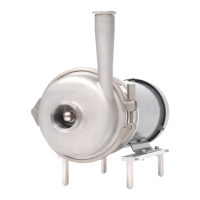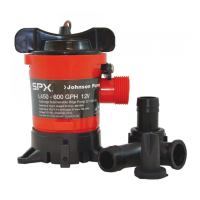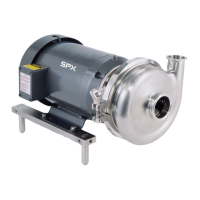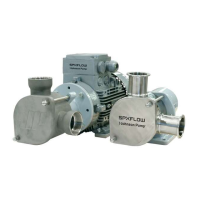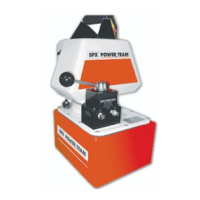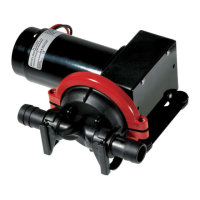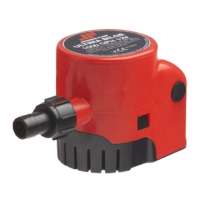PCM
+
Operation Manual 5
Transmitter to pipeline connections
Cathodic Protection Rectifier
Single rectier providing impressed CP current to single
pipeline.
Rectier is connected to anode and pipeline. Power
supply from 110/220V AC mains.
Figure 2.3: Rectifier connection to pipeline
Figure 2.4: PCM connection to pipeline
Disconnect both cables for pipeline and anode from the
rectier terminals.
Failure to disconnect cables from rectier will cause
unstable PCM
+
signals, and may cause possible damage
to the PCM
+
transmitter.
Connect the PCM
+
transmitter to the cables, white
lead to pipeline cable, green lead to anode cable.
Use the mains power supply for the transmitter.
If Isolation Joints are not used the PCM
+
signal will be
present in both directions from the connection point.
Single rectier providing impressed CP current to
multiple pipelines.
As above, disconnect pipeline and anode cables from
the rectier.
Try to identify individual pipeline cables if they can be
separated at the rectier, so that each pipeline can be
surveyed individually. This allows the maximum range
to be surveyed.
Connect the white PCM
+
transmitter lead to one of the
pipeline cables, and the green connection lead to the
anode cable. Use the PCM
+
receiver to help identify the
cables to the individual pipelines.
If the PCM
+
transmitter signal is applied to more than one
pipeline at a time, the signal will be divided between them,
so the maximum range will be reduced.
Note: The pipe section which needs the most cathodic
protection current will also have the most PCM
+
current,
so using the PCM
+
Receiver to measure the current on
all the pipe sections fed from the rectier will indicate
the section with the worst CP faults. This is a quick and
easy guide to coating quality.
When a rectier is not available
Test Points
At some test points there are Isolation Joints with cables
to the surface.
Connect the PCM
+
transmitter across the isolation joint.
Connect the white cable to the side of the pipeline that
you want to survey, and then the green cable to the other
side for the ground connection.
Note: Make sure that the pipes run in opposite
directions. If your connections are on pipes in the same
direction this may affect the survey results.
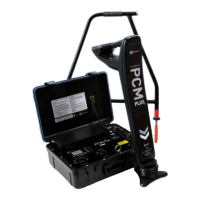
